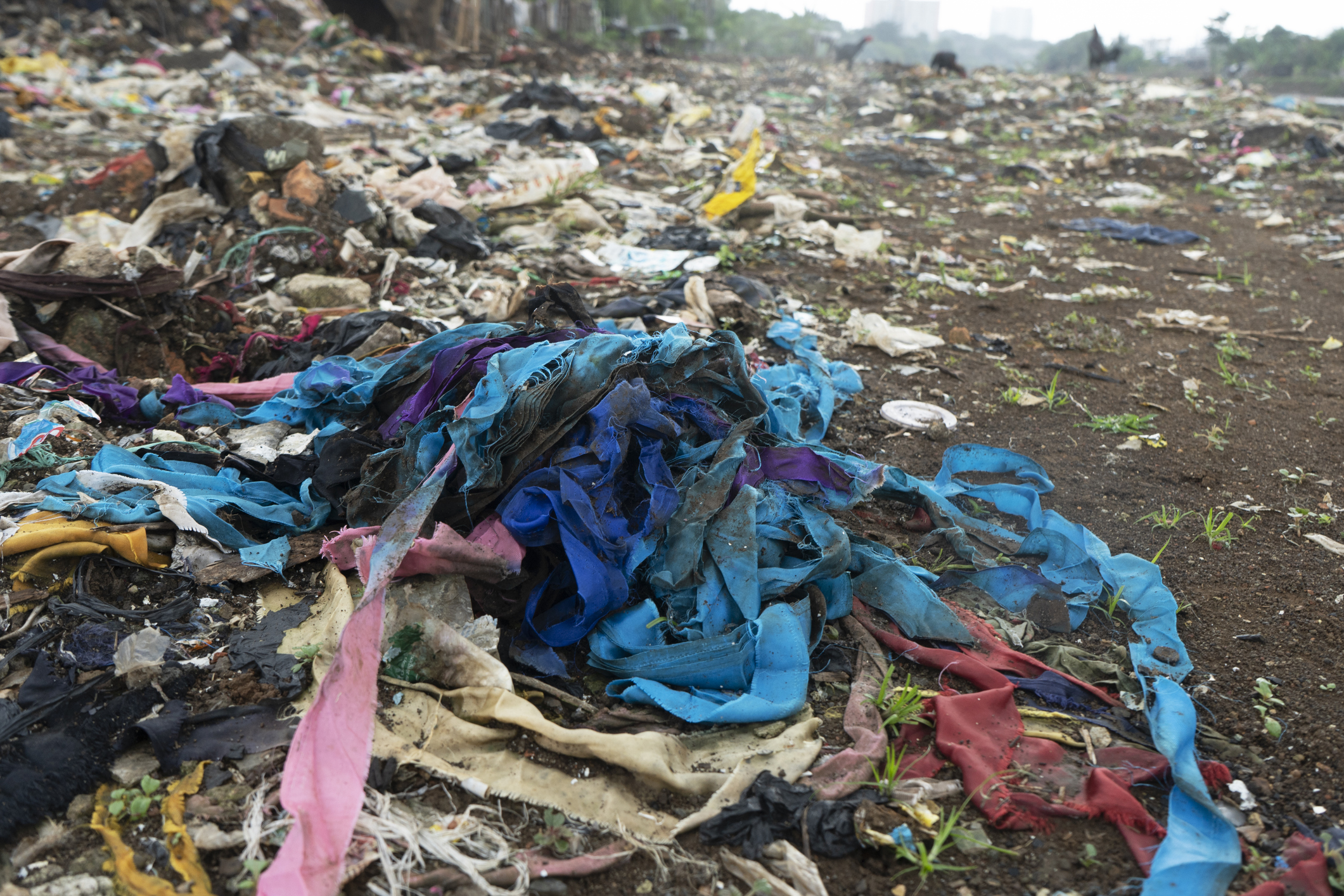As eco-consciousness nears its height in generational priorities, everything from the cars people drive to the clothes they wear are under examination. Fashion, the hotbed where personal expression, class signaling, and cultural reflections all clash, faces an overhaul unlike ever before.
Gone are the days of in-store, mall retailers luring in window shoppers — the 21st century birthed a new, irreparable consumer trend: e-commerce.
The rise of fashion production goes back to the very first sewing machine, created in the 1830s France by inventor and tailor Bartélemy Thimonier. The arduous task of hand stitching had been improved tenfold with the invention that sewed straight seams, allowing garments to be produced quicker and in bulk.
Increased production required an increase in labor— thus, the sweatshop was born. These overpopulated factories, usually packed with immigrant women who were seamstresses in their home country, demanded long hours, low wages, and unsafe, often deadly, working conditions. Sweatshops and textile mills cropped up around the world to keep pace with the increasing demand for clothing through the 1900s.
By the 1990s, retailer Zara had emerged as one of the earliest companies to boast a short-term production and expedited distribution model. At the time, the New York Times coined the term “fast fashion” regarding Zara founder Amancio Ortega’s advanced process of bringing a garment from ideation to store shelves in only 15 days.
As the Internet arrived, that infamous short-term production model only became shorter as fast fashion retailers crank out new designs every day to adjust to the constant change of trends and taste. This has only produced massive forms of textile waste, carbon emissions, and hazardous chemical exposure.

Fast fashion produces waste
At nearly every stage of manufacturing and production, fast fashion produces waste, according to the Center for Biological Diversity.
The fashion industry is responsible for 20% of the world’s water pollution and 10% of global carbon dioxide emissions. According to McKinsey, clothing production nearly doubled and clothing consumption increased by 60% per capita between 2000 and 2014. Additionally, research supports that as much as “87% of discarded textiles ended up in landfill, of which more than 90% are reusable and recyclable.”
Even more “eco-friendly” solutions are detrimental. Moving away from reliance on synthetic fibers like polyester, retailers have turned to biodegradable fabrics like viscose, a man-made fiber sourced from wood pulp of regenerative trees like eucalyptus or pine. However, large amounts of viscose come from endangered forests in Brazil, Canada, and Indonesia, according to the Guardian.
Increased carbon emissions and resource depletion
Evidently, the detrimental effect of fast fashion could be the scale and pace in which it produces. Regardless of the sustainable alternatives, sourcing natural materials or developing production for “clean” solutions could still lead to increased carbon emissions or resource depletion.
According to experts, slowing down fast fashion may be one of the most effective strategies in curtailing its harm.
Enforcing policies like Extended Producer Responsibility (EPR) would require retailers to accept products at the end of their lifespan and hold them accountable for recycling, incentivizing retailers to invest in high-quality, longer-lasting products. Slowed production, and consumption, reduce energy and waste throughout the supply chain while secondhand shopping and upcycling can be ways to mitigate the overwhelming textile excess.

